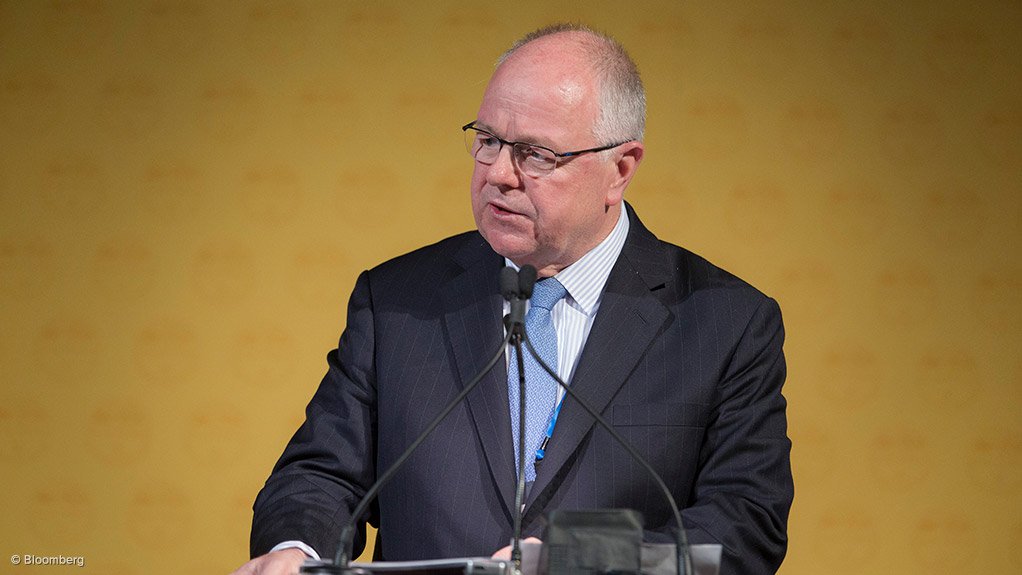PERTH (miningweekly.com) – Dual-listed gold miner Perseus Mining has lowered its production guidance at the Edikan mine, while pushing back the development schedule for its Sissingué project.
ASX- and TSX-listed Perseus, which is headed up by MD and CEO Jeff Quartermaine, told shareholders on Thursday that despite recent improvements in mill and crusher performance at its Edikan mine, in Ghana, the shortfall of gold production, owing to the extended plant shutdown in October and the lower-than-expected head grades, had not been recovered.
As a result, Perseus lowered Edikan's gold production guidance for the December half from between 80 000 oz and 100 000 oz, to between 70 000 oz and 80 000 oz.
The June half-year production guidance of 125 000 oz to 145 000 oz remained unchanged.
As a result of the expected reduction in gold production, Perseus warned that Edikan’s all-in sustaining costs (AISC) for the December half-year might fall outside its cost guidance range. AISC for the half-year were expected to be between $1 550/oz and $1 650/oz.
Meanwhile, the development of the Sissingué gold mine, in Côte d’Ivoire, has also been pushed back by four months, with first gold now expected in February 2018, rather than October 2017.
The Sissingué project will be funded using a mix of $60-million project debt finance and $40-million internally generated cash. However, Perseus noted that given the uncertainty associated with the Sissingué ore reserve, created by the re-estimation of the mineral resource, the miner had decided to reduce the level of project debt that was being sought.
To accommodate the planned change in funding mix, Perseus and its major contracting group, have reassessed the engineering, procurement and construction schedule, and implemented a plan to manage the project development expenditure to align more closely with the company’s available funding capacity.
The re-estimated measured and indicated mineral resource at Sissingué contains some 180 000 oz, or around 20%, less gold than previously estimated, as a result of discounting the quantity of reverse circulation (RC) drill results, due to drillhole contamination.
The discrepancy was discovered after Perseus undertook a review of the drill database that was used as a basis for the mineral resource estimates at Sissingué in anticipation of discussions with debt financiers.
The internal review identified a number of wet RC drill holes with possible downhole contamination that could potentially cause overstatement of gold grade in specific holes or parts of holes.
In conjunction with the re-estimation of the Sissingué mineral resource, the mineral resource contained in the Bélé deposit was also drilled with a series of RC and diamond drill programmes, and the deposit is estimated to host some 260 000 oz of gold.
Perseus noted on Thursday that depending on the conversion rate of the Bélé inferred mineral resource into measured and indicated categories, the combined mineral resource for Bélé and Sissingué could be very similar to the original.
Edited by: Mariaan Webb
Creamer Media Senior Deputy Editor Online
EMAIL THIS ARTICLE SAVE THIS ARTICLE
To subscribe email subscriptions@creamermedia.co.za or click here
To advertise email advertising@creamermedia.co.za or click here













